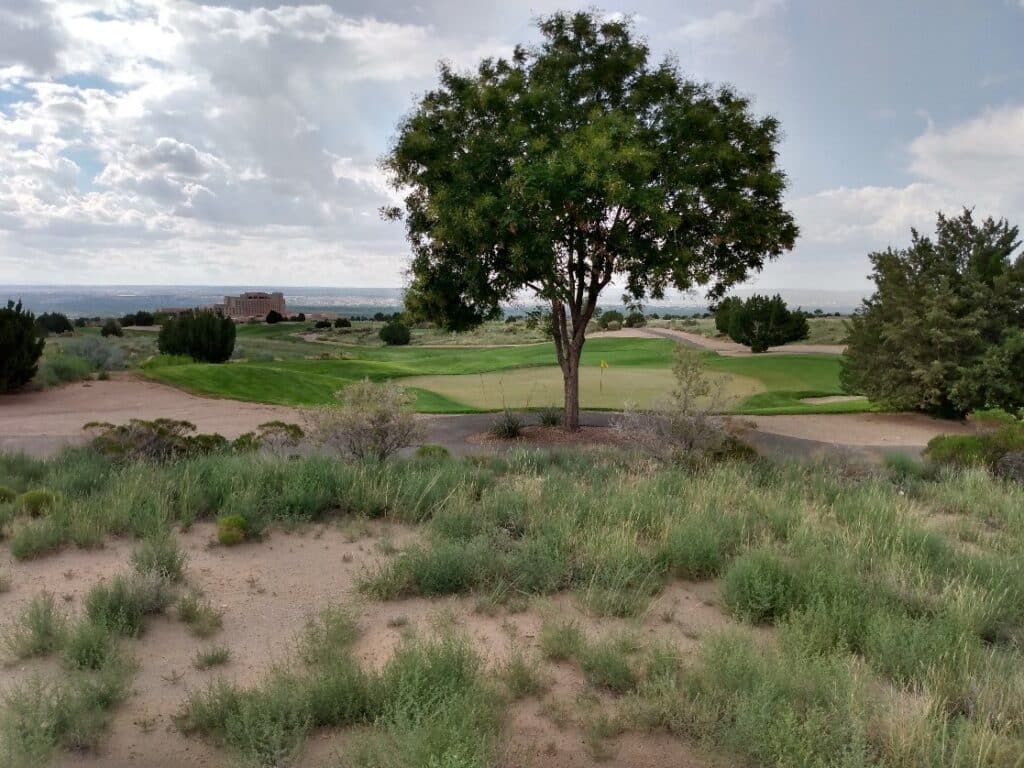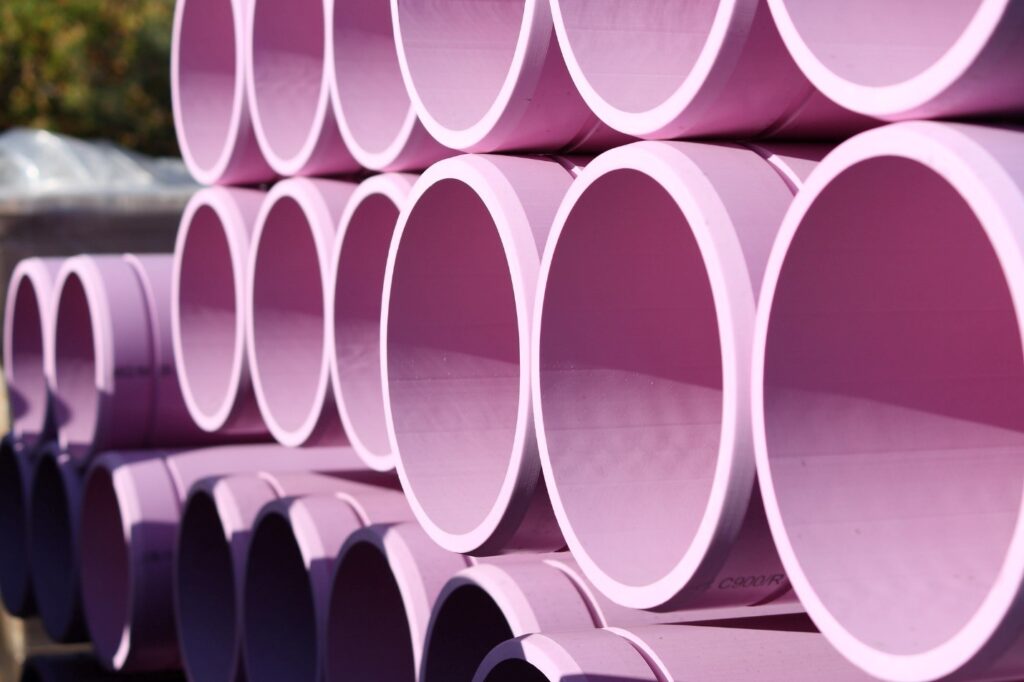Wastewater reuse, or reclamation, is the process of adequately treating wastewater – whether from a toilet, laundry machine, or a sink – to be reused for a specific purpose. For many people, the thought of reusing wastewater might sound unappealing, but the benefits for a community can be significant. Small wastewater systems can produce up to 1 million gallons of effluent per day and typically at least 50% of this is available for reuse. That is a lot of water – especially for small communities that may be dealing with over-strained and dwindling water supplies. Water scarcity isn’t the only reason to reuse wastewater, however. It can also save communities money, by lowering the energy costs of water infrastructure and reducing the need for costly nutrient removal processes. For example, more wastewater being reused for irrigation means less wastewater needing to meet the strict and costly EPA requirements for discharge to surface water.
You may be wondering about some of the uses for reclaimed wastewater. Uses are usually split into two categories, non-potable and potable, and there are many communities around the country already doing both. Some examples of non-potable reuse are:

Sandia Pueblo golf course in New Mexico uses reclaimed wastewater for irrigation. A great example of urban reuse. (Photo courtesy of the SW EFC)
Agriculture and Urban reuse (Irrigation): Irrigation, whether it is for agriculture or maintaining urban resources like lawns and golf courses, is the largest use of reclaimed wastewater in the US. Many of the key nutrients required for plant growth are already available in reclaimed water, adding to the benefits of its use.
Industrial reuse: Reclaimed wastewater can be a cost-effective water source for many industrial facilities. Industries like pulp and paper, textiles, electronics, and food processing actively reuse wastewater for purposes ranging from cooling towers to flushing toilets.
Environmental reuse: Reclaimed wastewater can be used to support key wetland and riparian areas that are important for wildlife habitat, flood attenuation, aquifer recharge, and water quality enhancement.
Reusing treated wastewater for drinking is called potable reuse and can be delivered directly or indirectly to users. If treated wastewater is fed directly into a drinking water treatment system, it is called direct potable reuse (DPR). However, if it is first discharged into an environmental buffer, like a river or aquifer, before being introduced into a drinking water treatment system, it is called indirect potable reuse (IPR). In fact, you may already be using water from IPR without knowing it. Any community that relies on surface water that is downstream from another community, is taking in treated wastewater from upstream. This is called unplanned, or defacto, IPR. Whether it is IPR or DPR, planned potable reuse can be challenging. It often has higher regulatory standards than other applications and it can be difficult to gain public acceptance. Potable reuse may not even be legal in your state yet. State regulations for water reuse can vary a lot and will ultimately determine the wastewater reuse application that is right for you. To help navigate these regulations, the EPA has created an easy-to-use web tool.

Purple pipes are used by communities to distinguish distribution lines that cqrry reclaimed water. (Photo: ‘Purple’ by John Loo, Licensed under CC BY 2.0, Source: https://www.flickr.com/photos/johnloo/3645996260/)
There are many successful wastewater reuse case studies for large and small systems alike. However, small communities often have unique challenges that can make implementing a successful water reuse system difficult. Among these challenges are cost, funding, and access to data and technical information. Thankfully, some work has already been done to address these issues. In 2010, The Water Research Foundation (WRF) and the Bureau of Reclamation co-sponsored an extensive research report evaluating economical technologies for small community wastewater reuse systems. The report is designed to identify treatment options that minimize costs, minimize staffing requirements, and are easily utilized by rural communities with limited financial and technical resources. The EPA also provides technical guidance on a range of wastewater reuse topics. In 2012, they issued the EPA Guidelines for Water Reuse which were supplemented in 2017 by a document focused exclusively on potable reuse. More recently, the EPA developed the National Water Reuse Action Plan (WRAP), which created action items to ensure water reuse is accessible and straightforward for all types of water systems. As a result, a streamlined resource of federal funding opportunities that support water reuse projects is now available.
In summary, wastewater reuse is an achievable goal for any size water system and can be a great opportunity for communities to diversify their water sources. The resources mentioned above are easily accessible and a great starting point for anyone interested in learning more.

